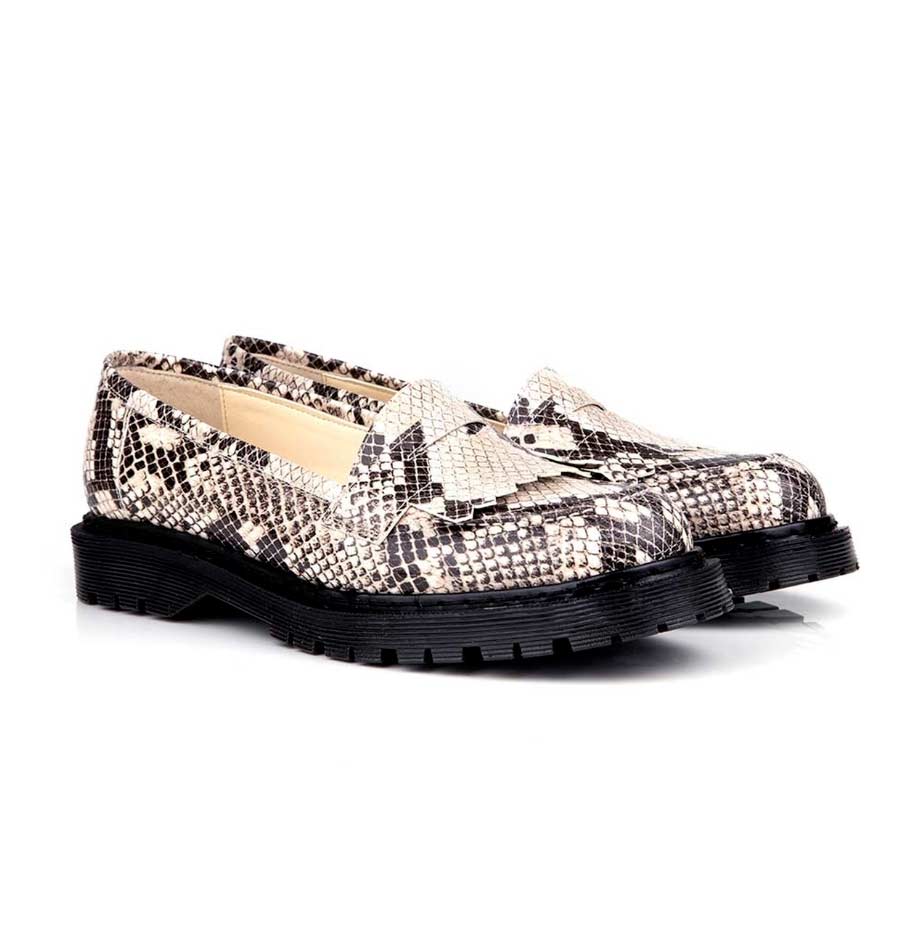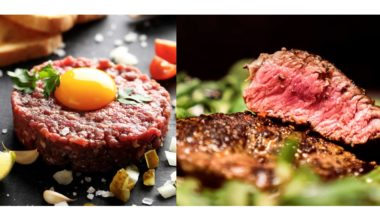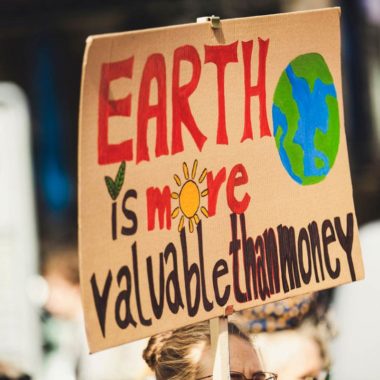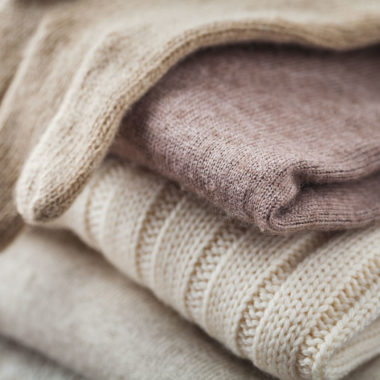Committing to a vegan lifestyle is not something to be taken lightly. It entails making radical changes, not only when it comes to diet, but also fashion. As long as your veganism doesn’t overshadow your environmental discernment…
A vegan garment is one containing no animal products. So the materials that are off limits are leather, wool, cashmere, silk, feathers and fur. You can seek out items bearing the PETA-approved vegan logo to be sure of buying items that really don’t contain any components of animal origin. But it’s not enough to find alternatives to these materials. Those substitutes still have to not pollute the planet (too much). Because being free of products of animal origin does not automatically make a garment harmless to the environment. A great many items that are certified as vegan are made from synthetic fossil fuel derivatives which don’t break down easily and can pollute the sea. So what should be in a true vegan’s fashion inventory?
A jacket or coat made from hemp and recycled PET

It’s not easy to find an alternative to a wool coat or duck down parka that is not a quilted coat made entirely of polyester, and thus a petroleum derivative. Some brands, like Hoodlamb, have developed parkas with a hemp cellulose covering. This natural material is very eco-friendly, since hemp requires minimal water and pesticides and grows endemically here in France. As for the lining, it consists of fake fur made of PET from recycled water bottles. Some brands are starting to offer quilted coats made from recycled polyester. However, the marketing blurb often only states that a percentage of the material is recycled (which is often the case where the filling is not pure down). So check that it is 100% recycled.
A sleeveless fleece
This oh-so familiar garment was one of the pioneers of sustainable clothing, made from recycled plastic bottles. Though it was long kept at the back of the wardrobe for country walks or getaways to the mountains, you can now find designs that are a little less casual.
A Lenpur jumper
This new fibre belongs to the same family as Lyocell and TencelTM. It’s a kind of viscose, but with a much less polluting production process. Made from Canadian white pine fibres, it is very absorbent and odour-fighting. The rights being held by an Italian fashion label, it is also known as “plant-based cashmere”.
An (organic) cotton T-shirt
Since cotton is one of the most polluting and water-guzzling fabrics, at least opt for Oeko-Tex cotton, or better still, organic cotton with GOTS (Global Organic Textile Standards) certification. This vouches for non-GM cotton, free of pesticides and not bleached with chlorine.
A linen blouse


This one has it all. The linen blouse, as well as being bang on trend and really pleasant to wear, is made from a very environmentally-responsible fabric. France is the world’s top linen-producing country! Moreover, growing the plant calls for little irrigation and fertiliser, and captures CO2. Furthermore, the fabric regulates heat, is absorbent, hardwearing and gets softer over time as it is laundered. Basically, the linen blouse is sustainable and almost never shows signs of wear.
A Lyocell dress
To bypass silk, polyester and viscose, look to Lyocell or TencelTM. This fibre, which is softer than linen, is made from 97% recyclable eucalyptus, oak or birch using non-toxic solvents. These fabrics are so soft, flowing and pleasant to wear that they are known as “plant-based silk”.
A pair of TencelTM trousers or organic cotton jeans
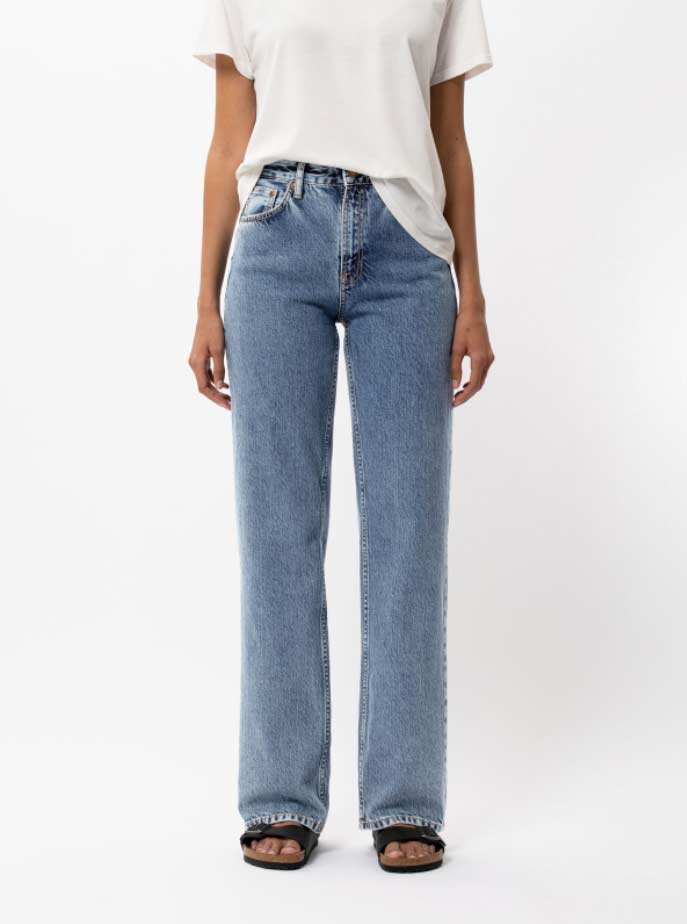
As for T-shirts, opt for organic cotton (or recycled polyester) jeans, whilst checking that they are not trimmed with leather. Nudie Jeans, for example, are now vegan since the patches on the waistband are no longer made from real leather.
Underwear made from organic or recycled fabric
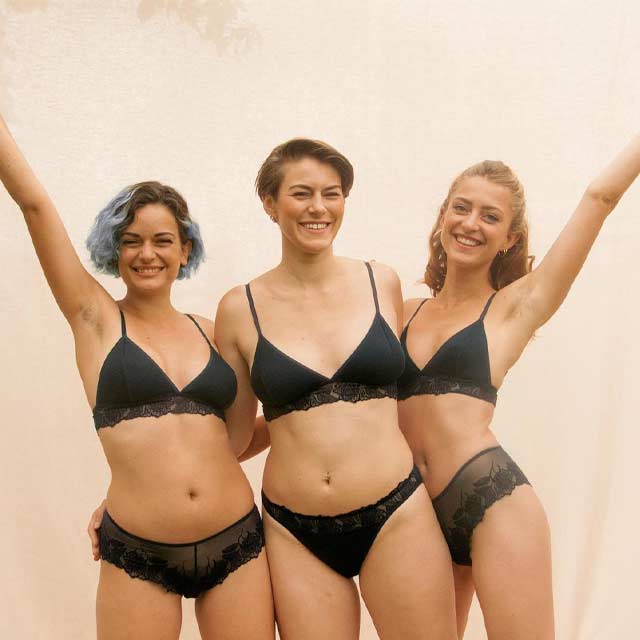
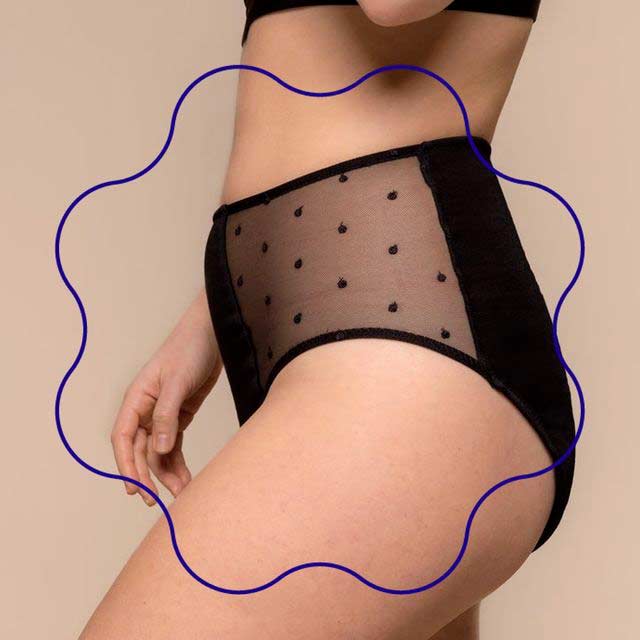
Particularly for these clothes in direct contact with the skin, you’ll want them to be clean: organic GOTS-certified cotton, TencelTM and lace made from recycled fibres with GRS (Global Recycled Standard) certification. You’ll find them, for example, at Olly Lingerie and Fairytale.
A pair of “vegan leather” trainers
One of the major difficulties is finding an eco-friendly alternative to leather, because many of the vegan versions are in fact made from non-eco-friendly virgin PVC: in other words, plastic! So you have to at least find recycled plastic. But the best bet is plant-based leather, which is getting increasingly commonplace, like Pinatex (pineapple leaf leather) and Muskin (mushroom leather). A great many brands now offer entire ranges of vegan shoes, and some big brands have created at least one such design.
For vegan high-heeled shoes, for the moment you have to gravitate towards luxury brands like Stella McCartney (obviously), or the Spanish brand Beyond Skin that Natalie Portman wears.
If proof were needed that vegan fashion is taking off, there is now a vegan fashion show in London (Bare Fashion). There are also sites to help you get your fashion inventory together, like WedressFair and alternative-vegan, which showcase examples of vegan and sustainable items.



